Electrical outlets/receptacles generally have two conductors. One is white and is called the neutral wire. It is to be grounded to the earth. The other is black or red and is called the hot wire that carries the electricity to the outlet. It is not grounded to the earth. When you touch the hot wire while standing on the ground you become part of the circuit and will receive a shock. Receiving a shock can also happen if these two wires are accidentally reversed on an outlet.
My Job:
My job during a home inspection is to test a representative number of receptacles inside and outside the home. I do this by using a cheap and simple tool called a receptacle tester. See photo below. According to the tester, whenever the left red light and middle orange light are shining the tester is indicating the hot and neutral wires have been reversed. This is called reversed polarity.
If the receptacle will still work when the hot and neutral are reversed, what then is the significance of reversed polarity? When the hot and neutral are reversed electricity still flows out of the receptacle even when an appliance or lamb is turned off. A common example given is a piece of bread stuck in your toaster. If the toaster is plugged into a receptacle that has the hot and neutral reversed, even when the toaster is off while being plugged in, and you stick a knife or fork in the toaster to get the bread out you will complete the circuit of the electricity that has not really been turned off to the heating elements and receive a shock. This would not happen if the toaster was plugged into a receptacle that was wired correctly.
Another example is when turning on a lamp that is plugged into a receptacle that tests as reversed polarity. If you somehow touch the metal socket that holds the light bulb in place, you will complete the circuit and receive a shock. This is why reversed polarity is considered a safety hazard.
The fix for this could be just simply reversing the conductors back on the outlet, or it could be related to a defect upstream from the receptacle. This is why a licensed electrician should be consulted when a receptacle tests as having reversed polarity.
Conclusion:
Even though your receptacles work in your home, don’t assume they are all wired properly. You can purchase a receptacle testing tool at any home improvement store and test the receptacles yourself. If you don’t feel comfortable doing that, it would be my pleasure to help you. When you really want to know, contact Adam Duncan of Duncan Home inspection Services.

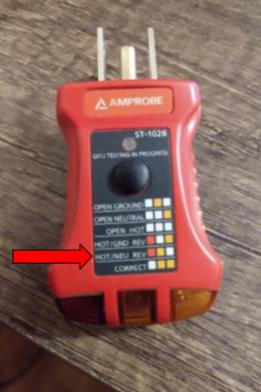

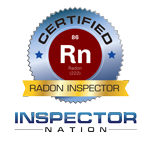
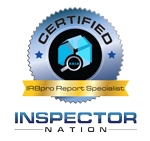
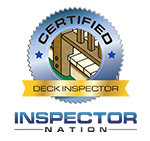
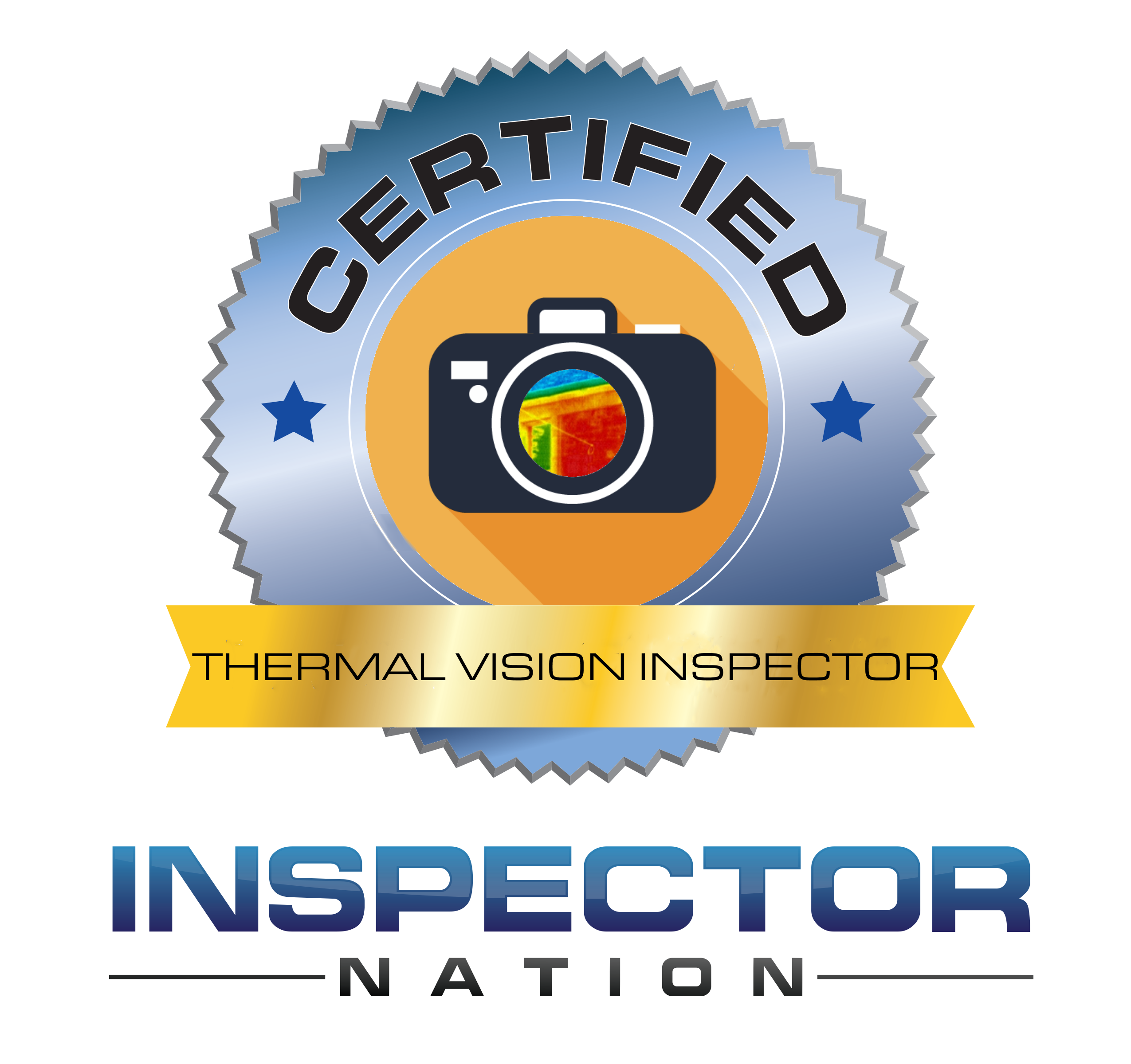
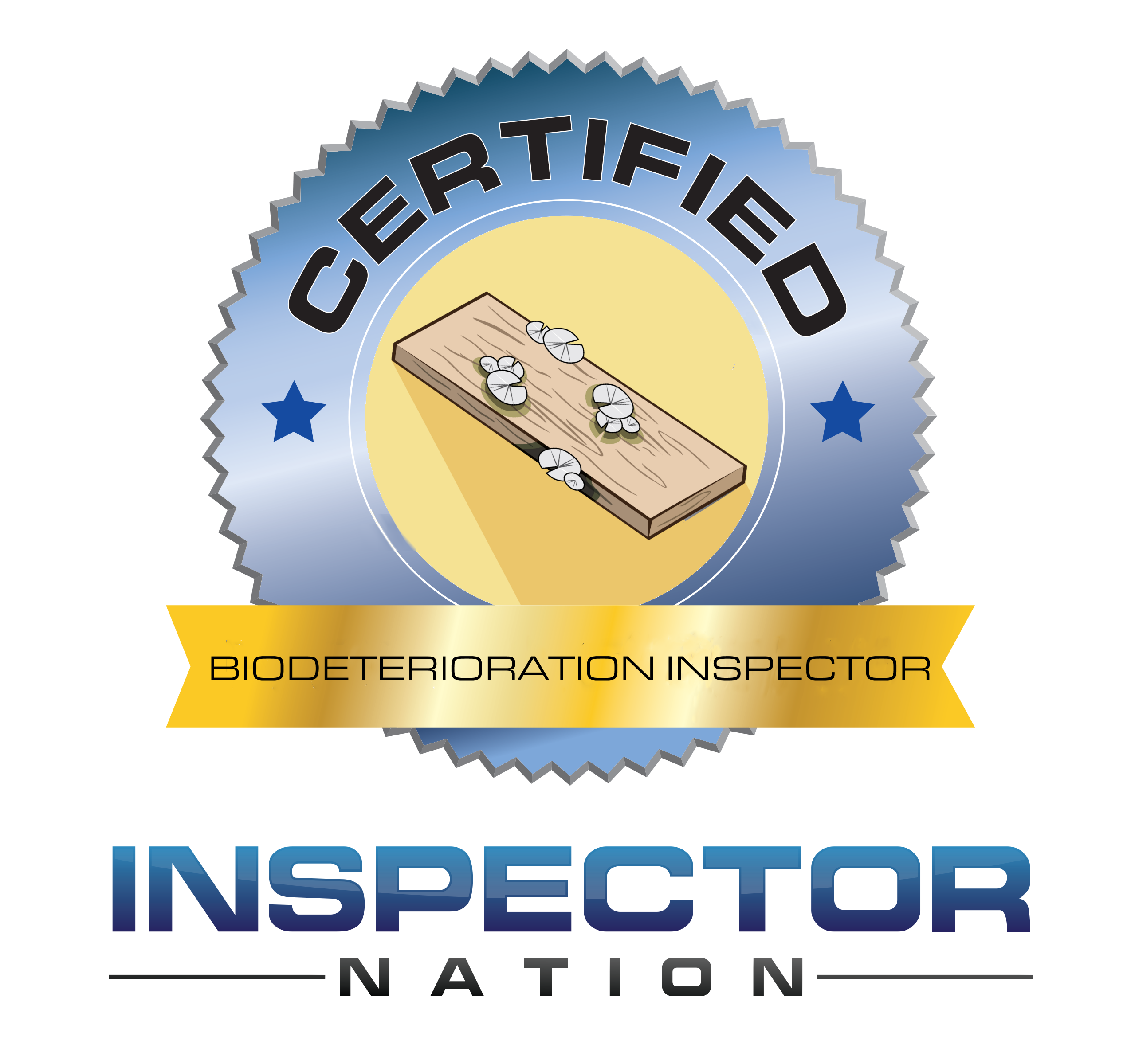
 >
>